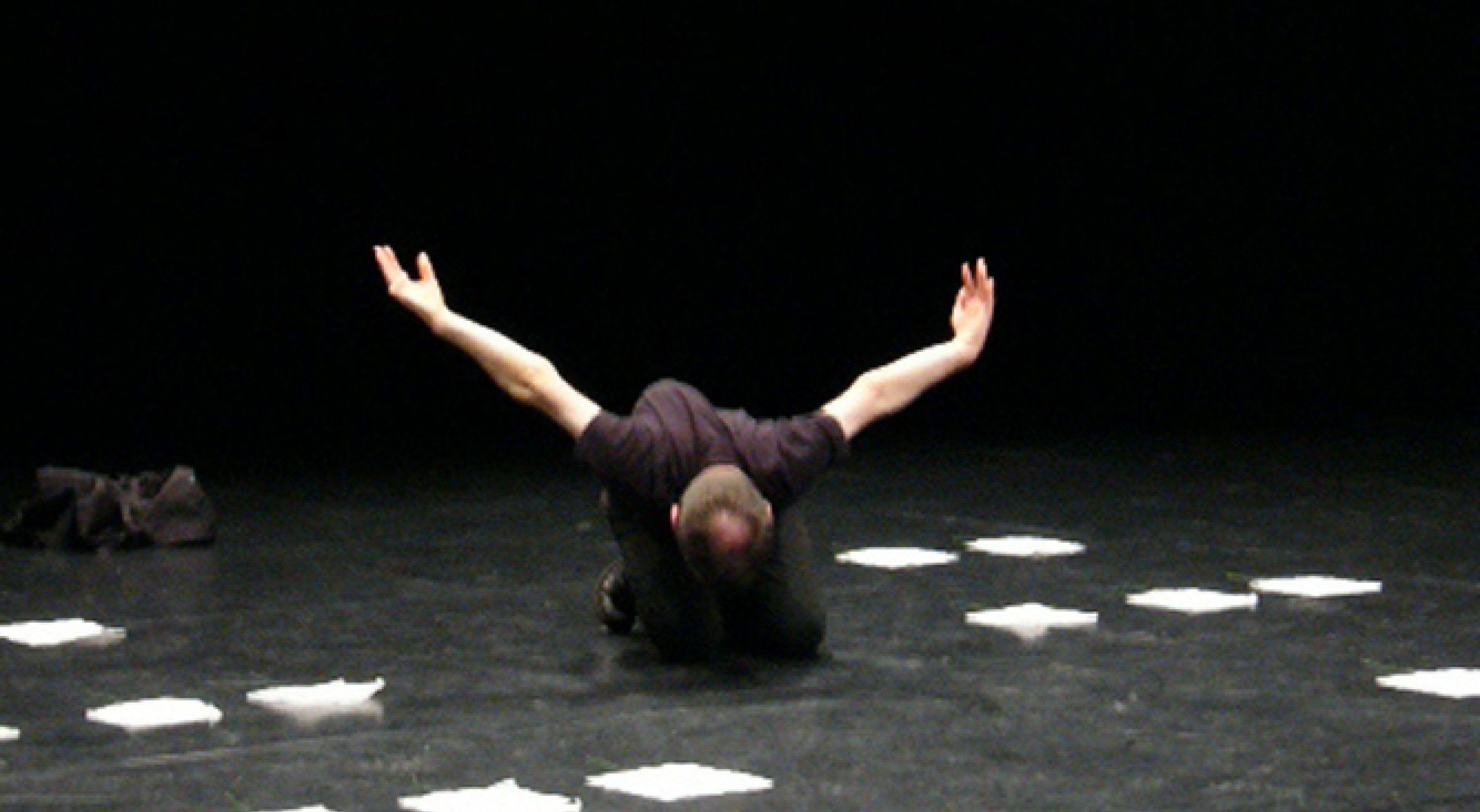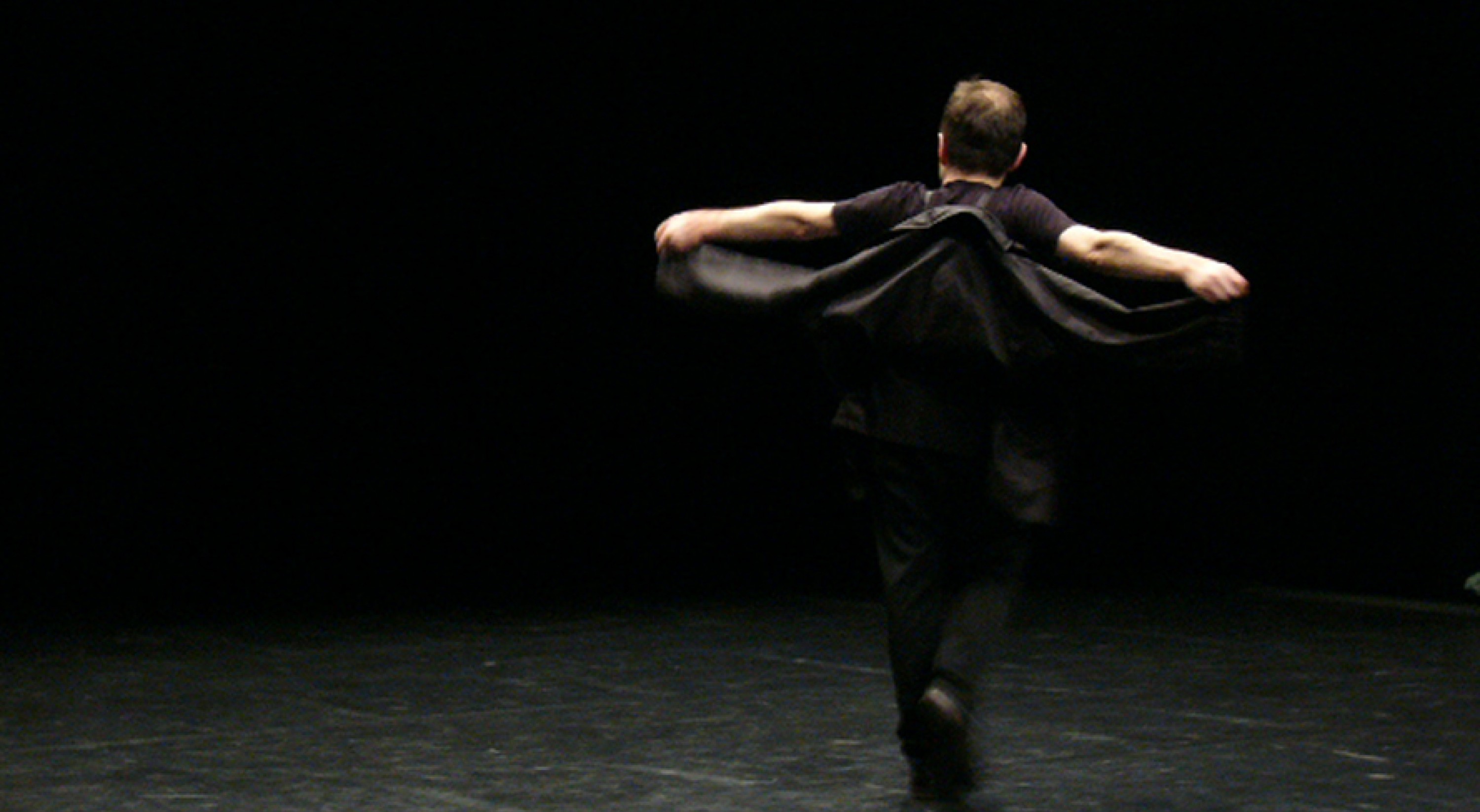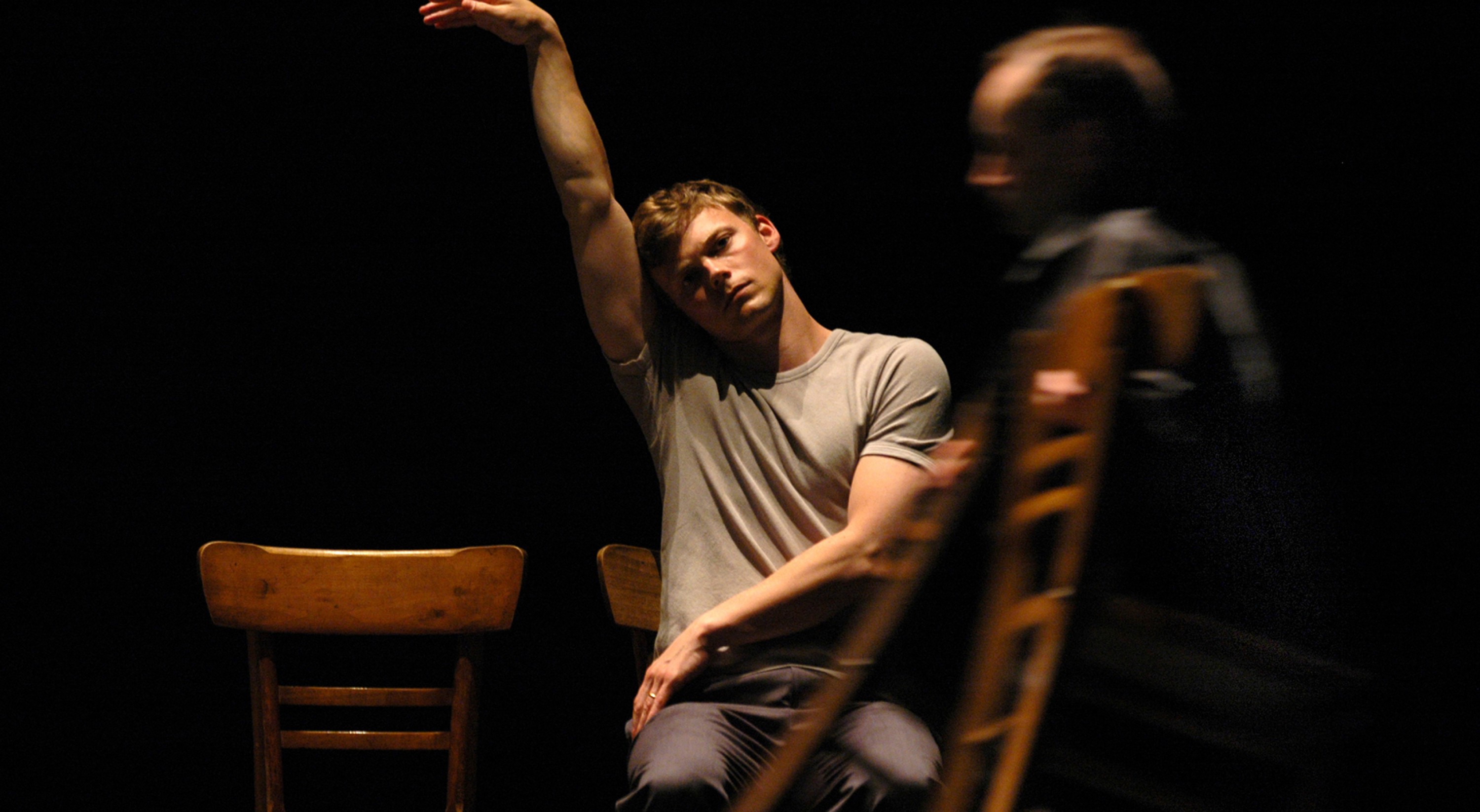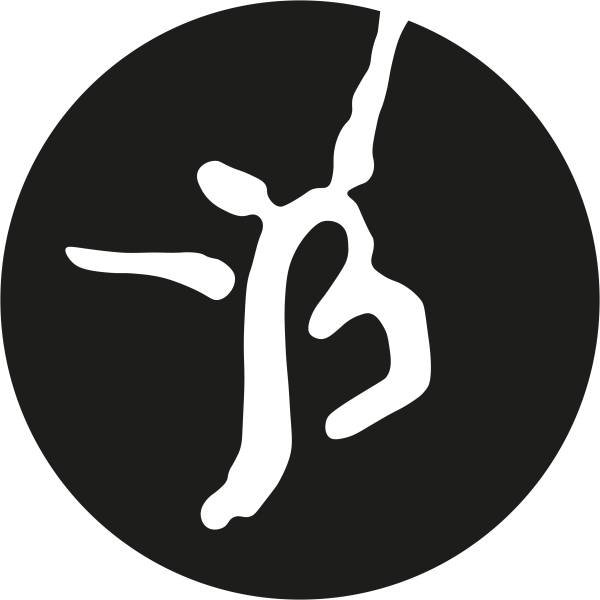Raimund Hoghe
Raimund Hoghe
Swan Lake, 4 Acts
octoberoct 11 – 22
Creation
Conception and choreography, Raimund Hoghe
Artistic Collaboration, Luca Giacomo Schulte
With Ornella Balestra, Brynjar Bandlien, Lorenzo De Brabandere , Raimund Hoghe and Nabil Yahia-Aissa
Music, Le Lac des Cygnes, Piotr Ilitch Tchaïkovski
Light, Amaury Seval, Raimund Hoghe
Sound, Frédéric Peugeot
Production Raimund Hoghe / Germany, Groupe Kam Laï / France
Coproduction Festival Montpellier Danse 05, Kaaitheater / Bruxelles, La Bâtie / Festival de Genève, Tanzquartier / Vienne, Created at the Quartz / Scène Nationale de Brest, CCN de Franche-Comté à Belfort , Le Vivat / Scène conventionnée d’Armentières.
Arte :
Carte postale of Raimund Hoghe, Production Richard Copans : Octobre 30/8.15PM in Danse
Following last year’s choreography of Stravinsky’s Rite of Spring, Hoghe returns to the classic repertoire with Tchaikovsky’s timeless elegy to love’s tragic destiny. « I wanted my Lake to be my dream about love, I dreamt of it as one might dream about love, » says Hoghe. Several dancers, including one of Maurice Béjart’s favorites – Ornella Ballestra -- join Hoghe in this balletic paean to the power of beauty.
In the same place



